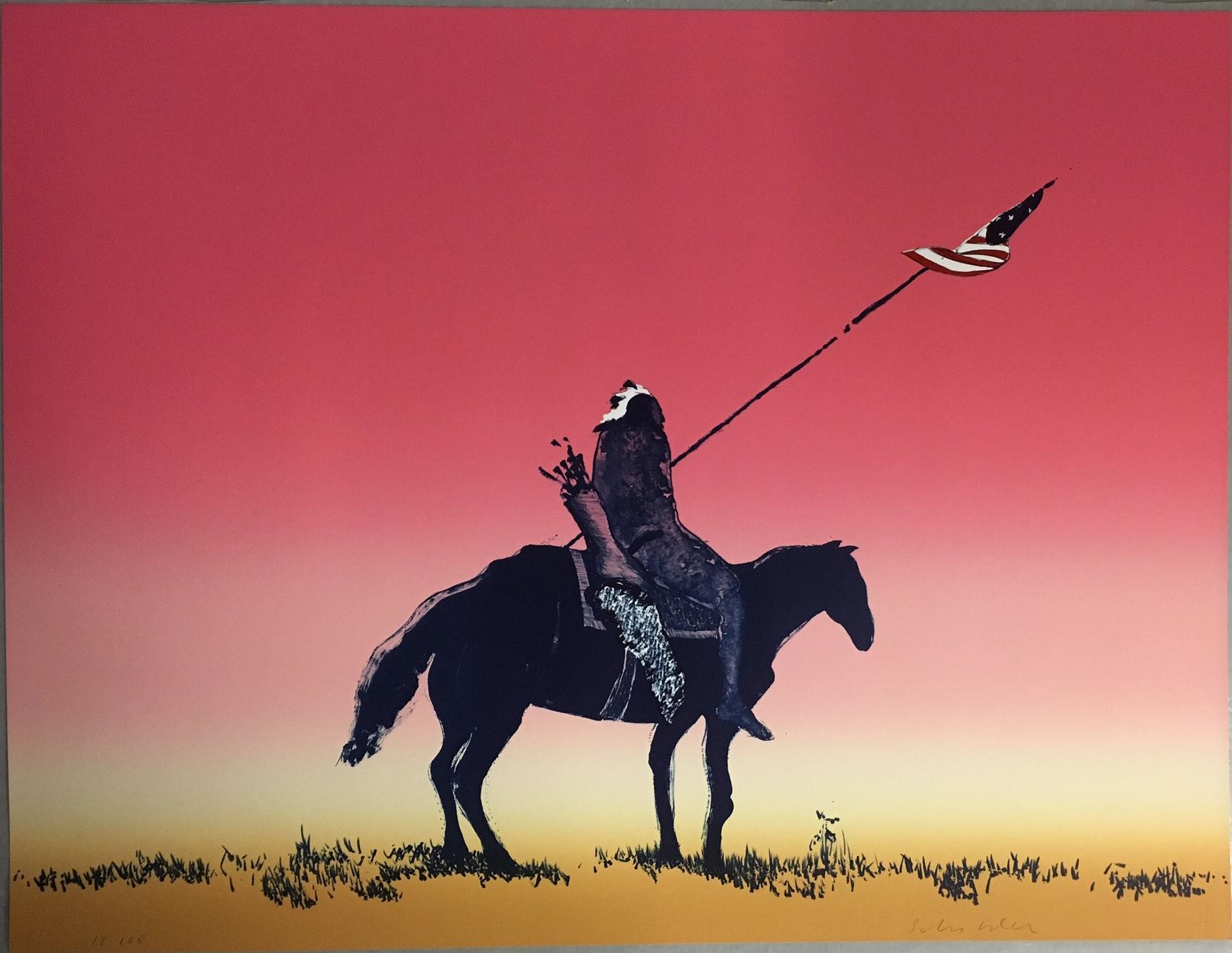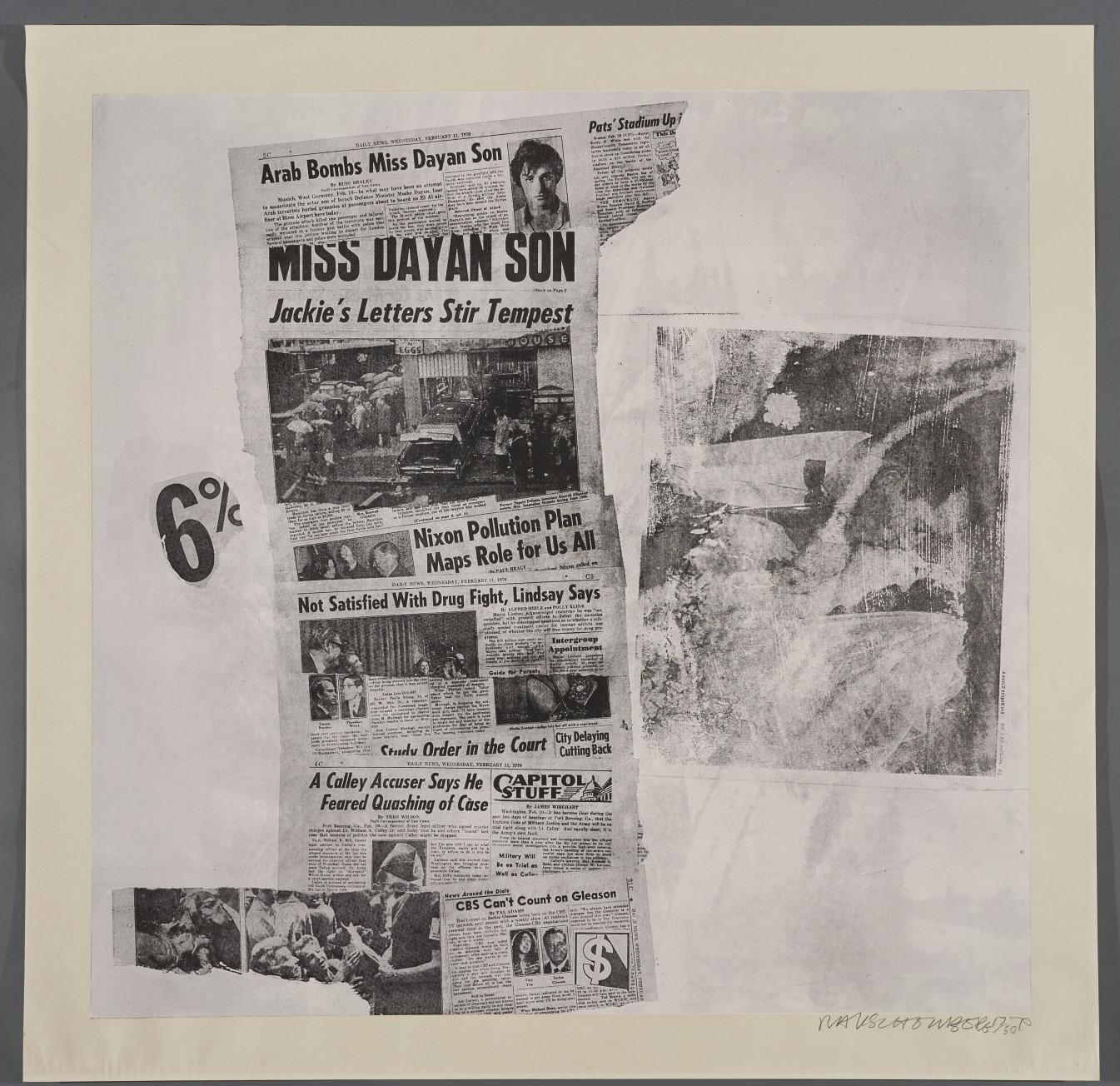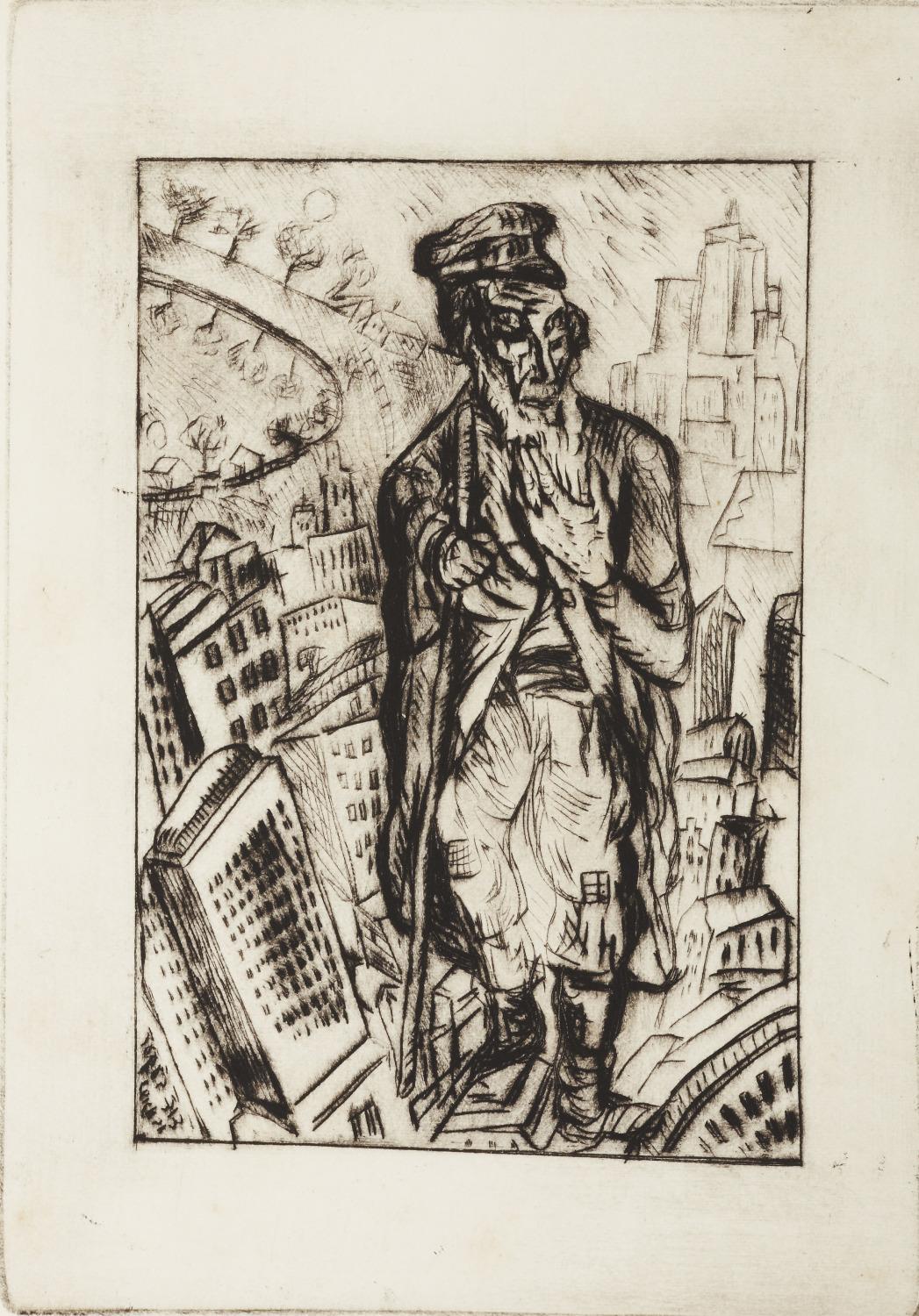“We are excited to present works on paper from the renowned Schorr Collection—all of which will be on view in Arizona for the first time—to our audiences in the upcoming exhibition Out of Print: Innovations of 19th- and 20th-Century Printmaking from the Collection of Phoenix Art Museum and the Schorr Collection,” said Tim Rodgers, PhD, the Sybil Harrington Director and CEO of Phoenix Art Museum. “We are grateful to the Lewis family, who established the Schorr Collection more than four decades ago with the goal of increasing access to Old-Master paintings and unique works of European art, including these prints. In addition, we thank our generous local donors who have entrusted outstanding works of American and European art to Phoenix Art Museum, many of which will be placed in conversation with works from the Schorr Collection beginning this January.”
In 2017, Phoenix Art Museum became the proud recipient of long-term loans from the Schorr Collection. Considered one of the most important collections of Old-Master and 19th-century paintings in the world, the Schorr Collection was established by U.K.-based collectors Hannah and David Lewis and includes more than 400 works, including tender 15th-century devotional images, 19th-century French Impressionist landscapes, works by 20th-century Modern Masters, and a wide selection of prints. The collection is named in honor of the family of Hannah Lewis, many of whom were murdered by the Nazis during the Holocaust; Hannah Lewis is herself a Holocaust survivor. The Lewis family often loans artworks from their collection on a long-term basis to museums all over the world, including those in the United States, Europe, and the Middle East, in an effort to increase access to these outstanding paintings, prints, and more across diverse cultures.
Presented in the Museum’s Harnett Gallery, Out of Print presents prints from the Schorr Collection, on view in Arizona for the first time, alongside works on paper from the Museum’s own collection of more than 20,000 objects to explore the history of printmaking in Europe and the United States, with a particular focus on the 19th- and 20th-centuries. Works on loan from the Schorr Collection include those by Paul Cézanne, Edvard Munch, Jean-François Millet, James Abbott McNeill Whistler, and others, while prints from the Museum’s American and European art collections include those by Paul Klee, Louise Nevelson, Robert Rauschenberg, Käthe Kollwitz, Mary Cassatt, and more, many of which have never before been exhibited. The dialogue between these collections will help to broaden viewers’ understanding of the history of printmaking, highlighting its transformation from a utilitarian process into a form of artistic expression.































